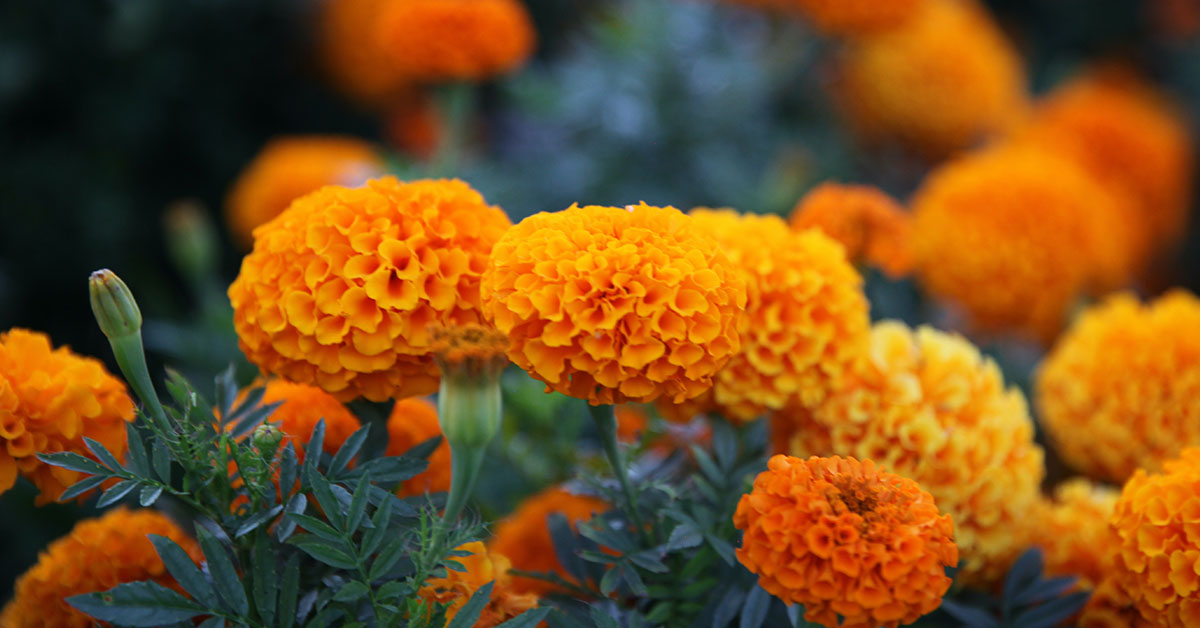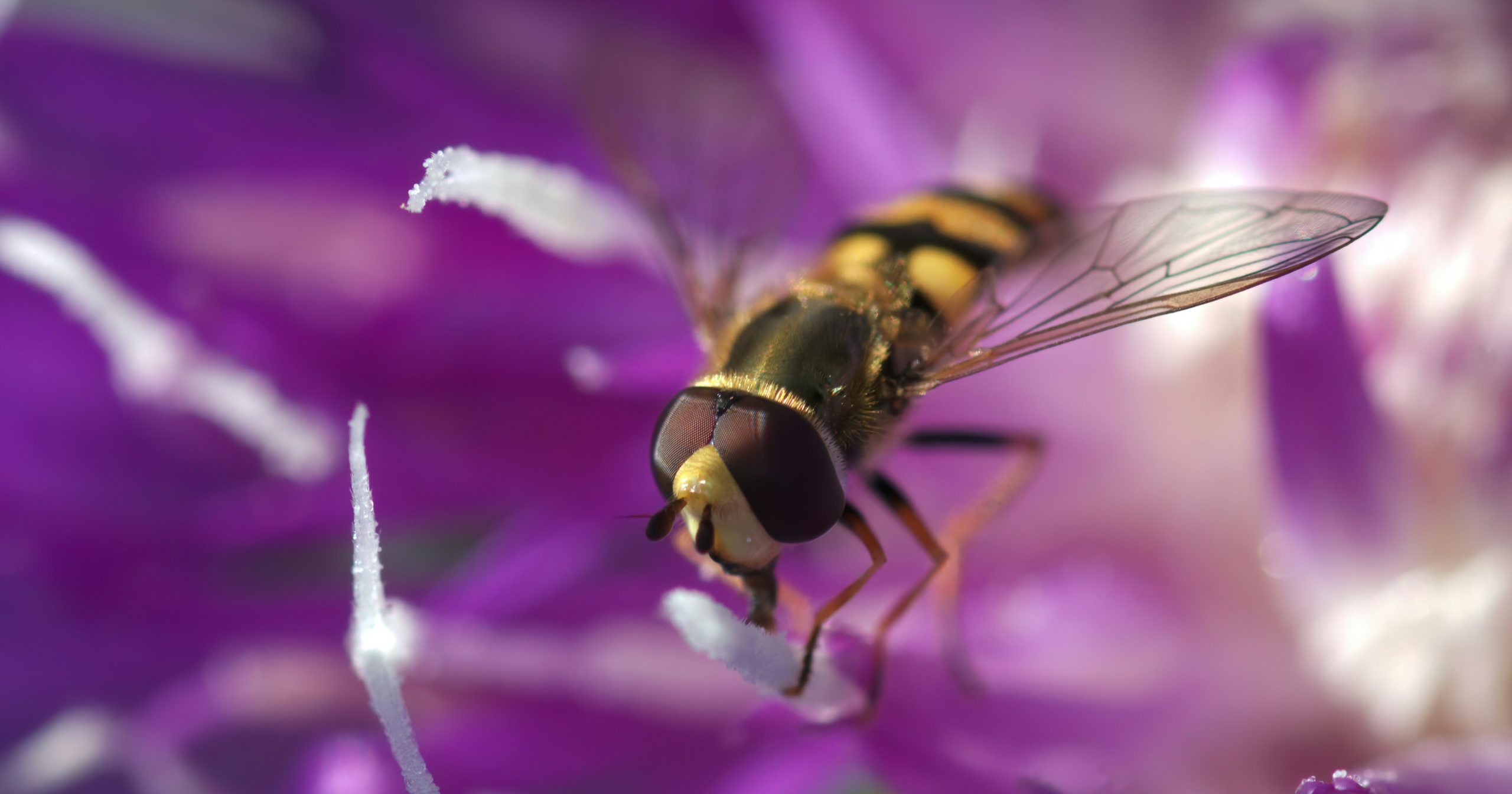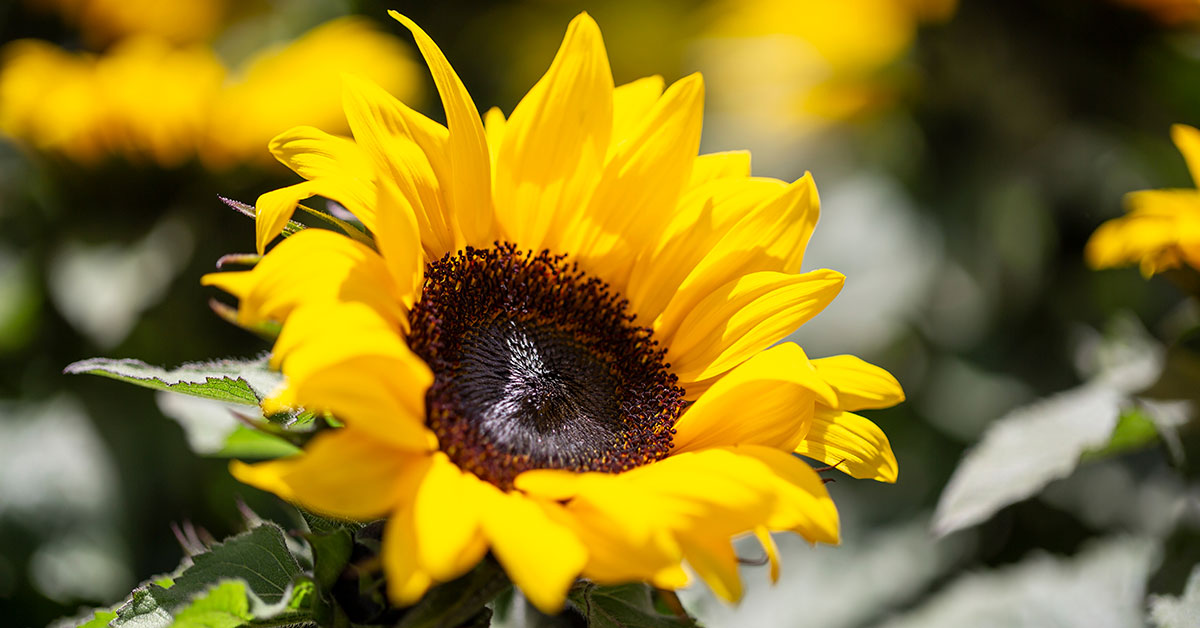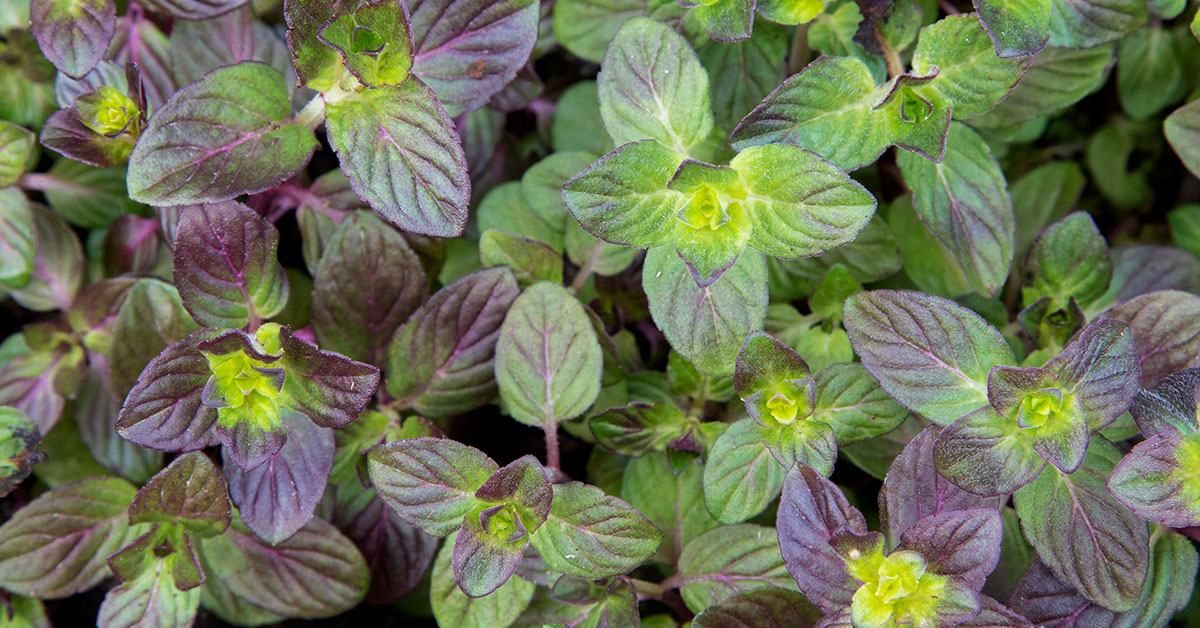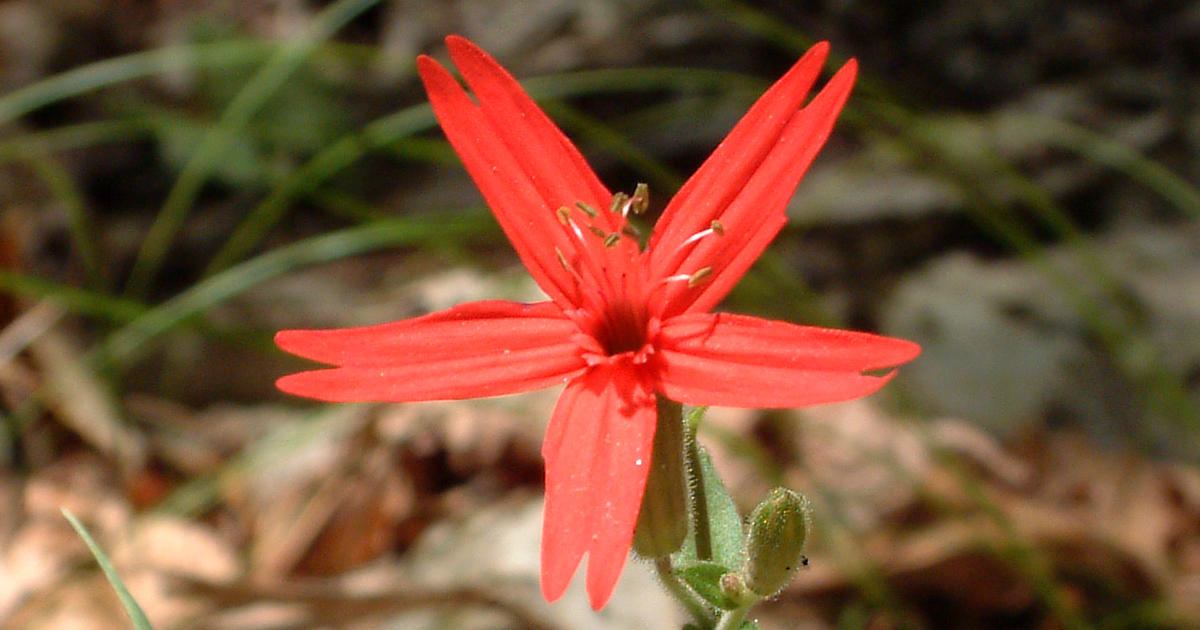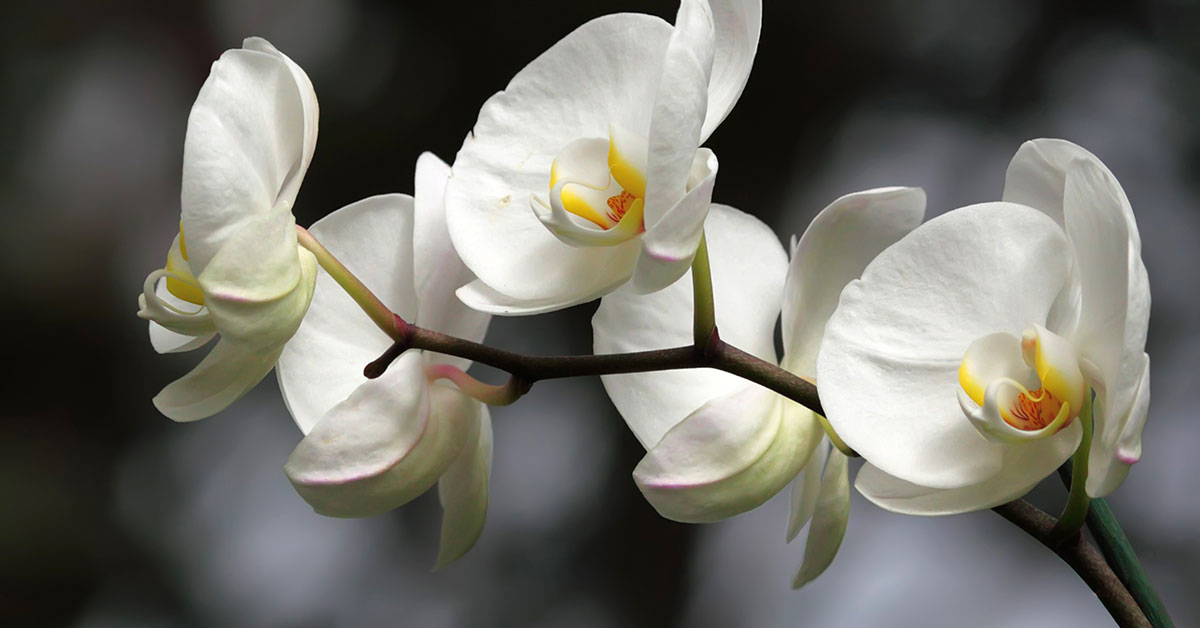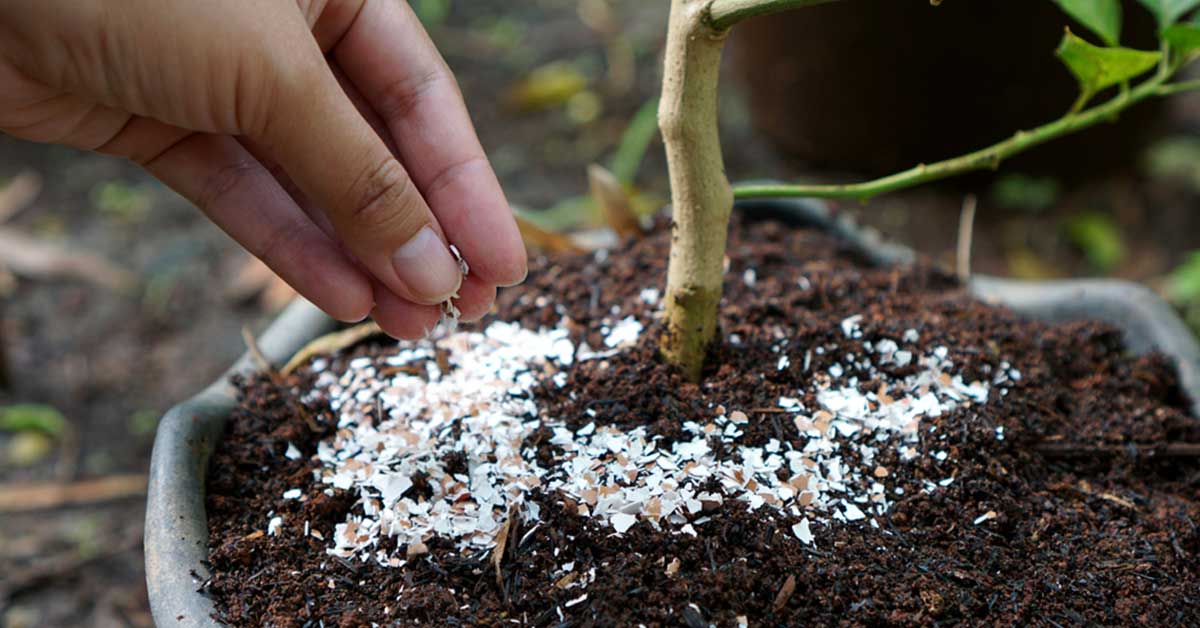Flowers have captivated human imagination for centuries, not only for their beauty but also for the fascinating stories and legends that surround them. Different cultures have imbued flowers with symbolic meanings, weaving them into myths, folklore, and traditions. As an avid gardener, I’m thrilled to share the rich histories of some of my favorite flowers and the intriguing tales that make them even more enchanting.
In this article, we’ll explore ten flowers with fascinating folklore and legends. These stories span various cultures and eras, highlighting the deep connections between humans and the natural world. Let’s dive into these captivating tales and discover how these flowers have earned their legendary status!
Rose
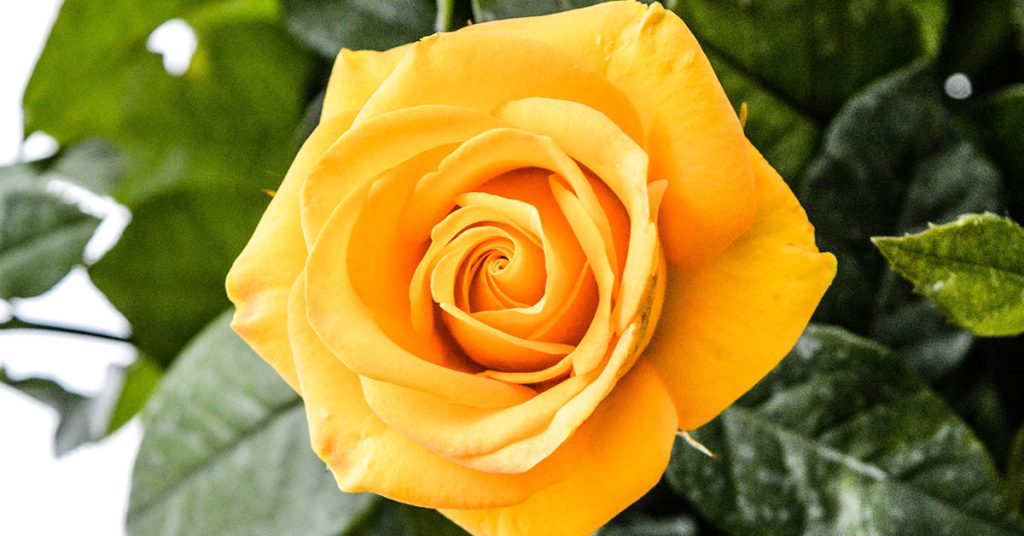
The rose is one of the most iconic flowers, deeply embedded in folklore and mythology. In Greek mythology, the rose was created by the goddess Aphrodite, symbolizing love and beauty. The ancient Romans also held the rose in high regard, associating it with Venus, the goddess of love.
In medieval Europe, roses were used in Christian symbolism, representing the Virgin Mary and divine love. The War of the Roses, a series of English civil wars, was named after the white rose of the House of York and the red rose of the House of Lancaster. I love roses for their timeless beauty and the rich tapestry of stories that surround them!
Lotus
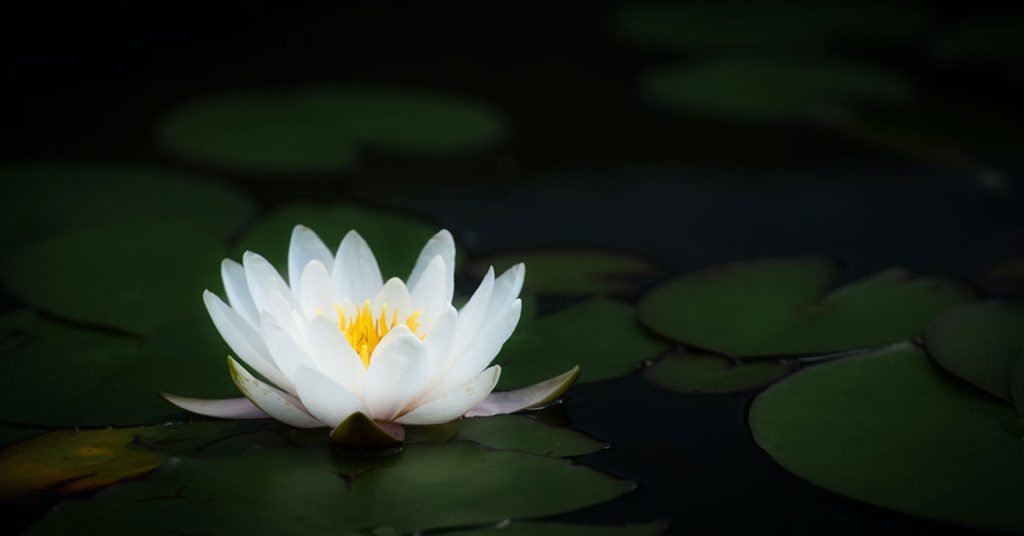
The lotus flower holds significant meaning in various cultures, particularly in Hinduism and Buddhism. In ancient Hindu mythology, the lotus is associated with creation and purity, often depicted as the seat of gods and goddesses like Brahma and Lakshmi. In Buddhism, the lotus symbolizes spiritual enlightenment and rebirth.
The ancient Egyptians also revered the lotus, associating it with the sun god Ra and the cycle of life and death. The flower’s ability to emerge clean from muddy waters further enhances its symbolism of purity and resilience. I find the lotus captivating not only for its beauty but also for its profound spiritual significance!
Daffodil
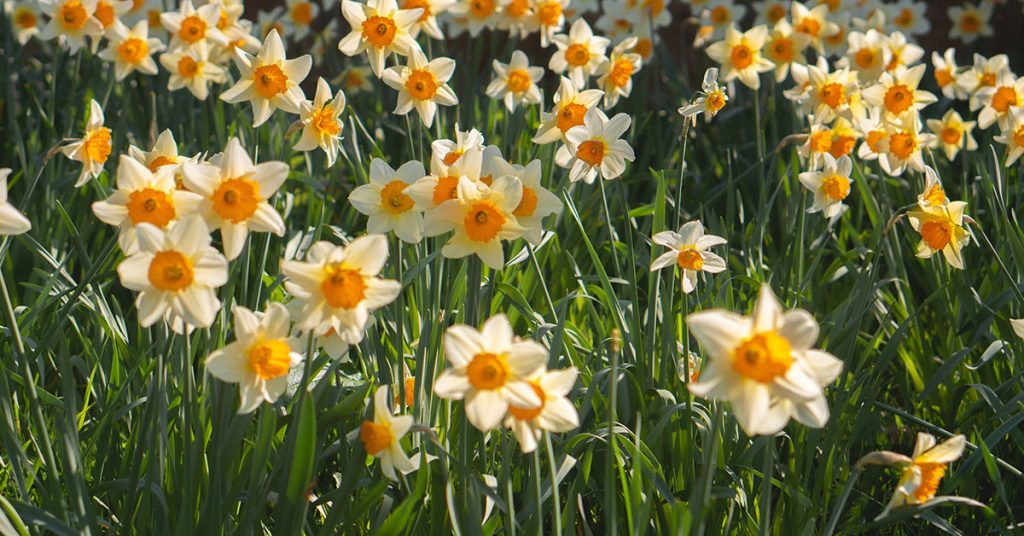
Daffodils are steeped in legend and folklore, particularly in European cultures. In Greek mythology, the daffodil is linked to the story of Narcissus, a young man who fell in love with his reflection and turned into this flower. The daffodil symbolizes self-love and unrequited love in this context.
In Welsh folklore, daffodils are considered harbingers of good fortune. It is believed that if you spot the first daffodil of the season, your year will be filled with wealth and happiness. I enjoy the cheerful appearance of daffodils and the delightful myths that make them even more special!
Lily
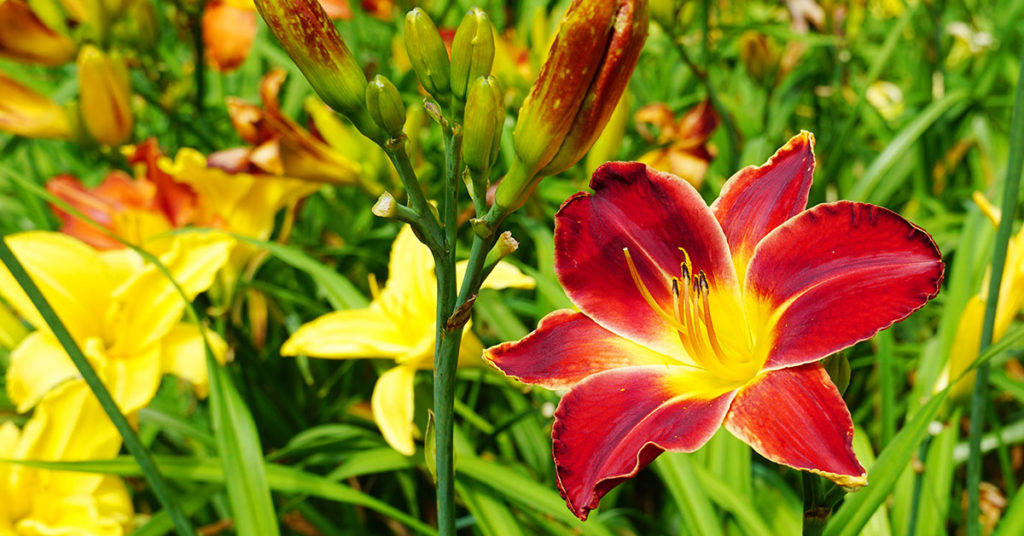
Lilies are rich in symbolism and lore across various cultures. In ancient Greek mythology, lilies were believed to have sprung from the milk of Hera, the queen of the gods, symbolizing purity and motherhood. While in Christian culture, the white lily, also known as the Madonna lily, represents the Virgin Mary and is a symbol of chastity and virtue.
In Chinese culture, lilies are associated with good luck and abundance, often used in weddings to symbolize a happy union and a prosperous life. I appreciate lilies for their elegance and the diverse cultural meanings they carry, making them a beloved addition to my garden!
Poppy
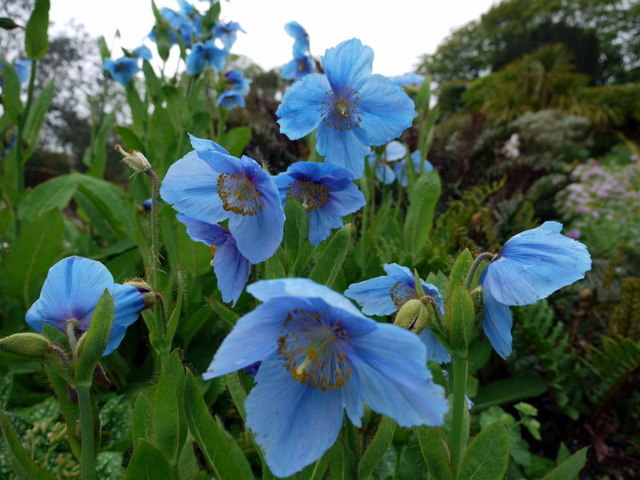
Poppies have a complex history and are steeped in symbolism. In Greek mythology, poppies were linked to Demeter, the goddess of agriculture, and were seen as symbols of fertility and harvest. While in Roman culture, poppies represented eternal sleep and death, often used in funeral rites.
In modern times, the red poppy has become a symbol of remembrance for fallen soldiers, especially since World War I. The poignant combination of beauty and sorrow makes poppies a powerful flower in both myth and modern symbolism. I find poppies captivating for their vibrant colors and the depth of meaning they carry!
Marigold
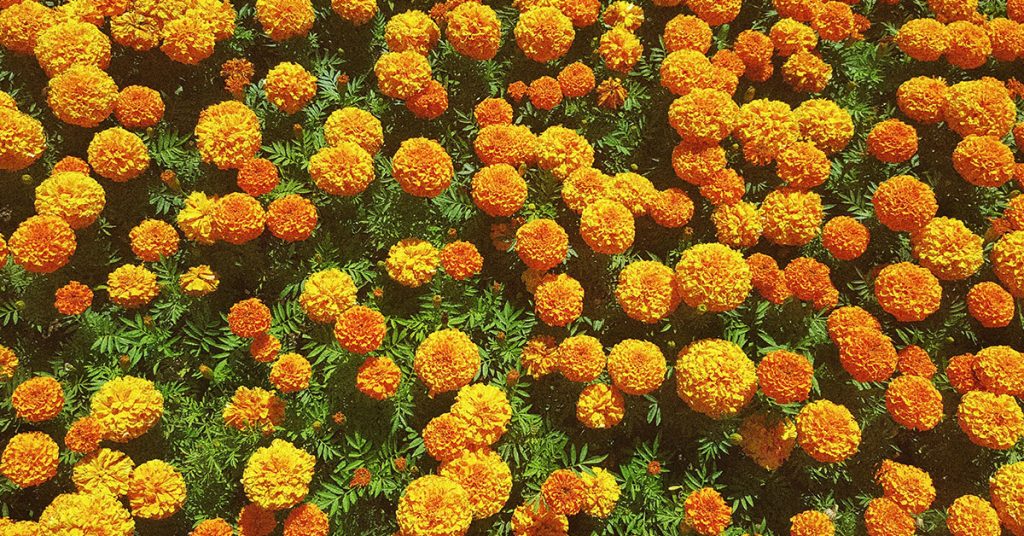
Marigolds hold a special place in the folklore of many cultures. In ancient Aztec mythology, marigolds were sacred to the sun god Tonatiuh and used in religious ceremonies. In Hindu traditions, marigolds are associated with the goddess Lakshmi and are used extensively in festivals and weddings to symbolize prosperity and good fortune.
While in Mexican culture, marigolds, known as cempasúchil, play a crucial role in the Day of the Dead celebrations, believed to guide the spirits of the deceased back to their loved ones. I love marigolds for their vibrant color and the rich cultural significance that makes them a treasured flower in many traditions!
Peony
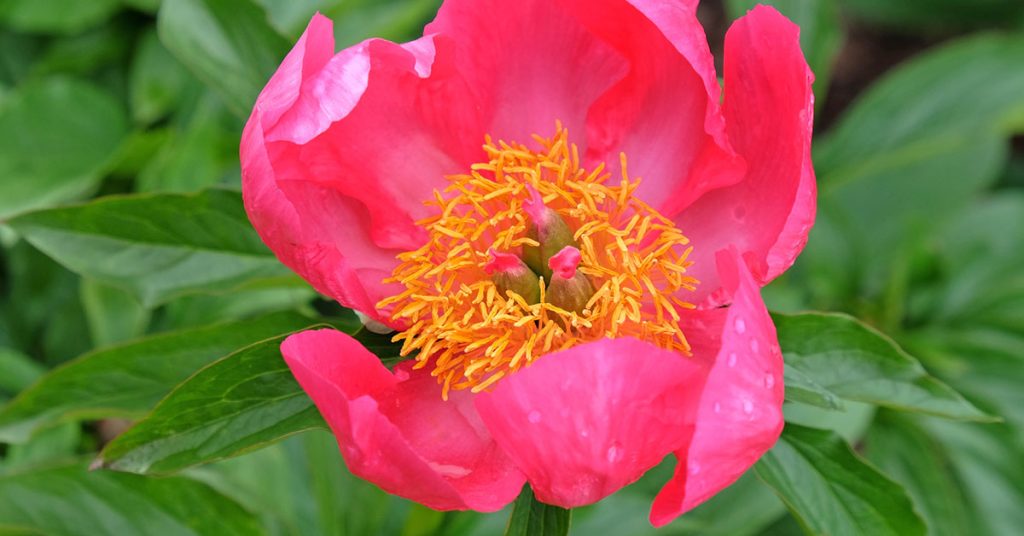
Peonies are revered in Chinese culture and have a history steeped in myth and legend. Known as the “king of flowers,” peonies symbolize wealth, honor, and prosperity. In ancient Chinese folklore, peonies were often depicted in art and literature as symbols of beauty and feminine charm.
In Greek mythology, peonies are linked to the story of Paeon, a physician to the gods who was turned into a flower by Zeus to save him from the wrath of Asclepius, the god of medicine. I adore peonies for their lush, fragrant blooms and the timeless tales that add to their allure!
Sunflower

Sunflowers have a rich history in both Native American folklore and Greek mythology. In Native American culture, sunflowers were symbols of harvest, bounty, and provision, often used in ceremonies and rituals to celebrate the sun’s life-giving energy. In Greek mythology, the sunflower is linked to the story of Clytie, a water nymph who transformed into a sunflower after pining for Apollo, the sun god.
Sunflowers are known for their ability to follow the sun, symbolizing loyalty and adoration. I love growing sunflowers for their bright, cheerful blooms and the uplifting legends that surround them!
Hyacinth
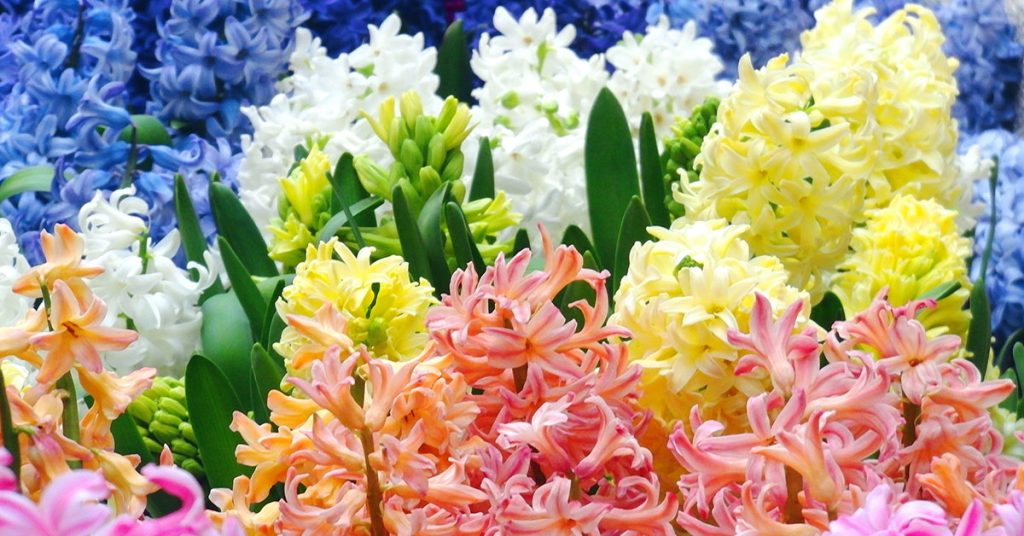
Hyacinths are surrounded by a poignant myth in Greek mythology. The flower is linked to the tragic love story of Hyacinthus, a young Spartan prince, and Apollo, the god of the sun. According to the myth, Hyacinthus was accidentally killed during a discus competition with Apollo, and from his blood, a beautiful flower emerged.
The hyacinth symbolizes sorrow and the beauty of fleeting moments. In Persian culture, hyacinths are associated with Nowruz, the Persian New Year, symbolizing rebirth and new beginnings. I find hyacinths enchanting for their delicate fragrance and the touching stories that make them even more meaningful!
Iris
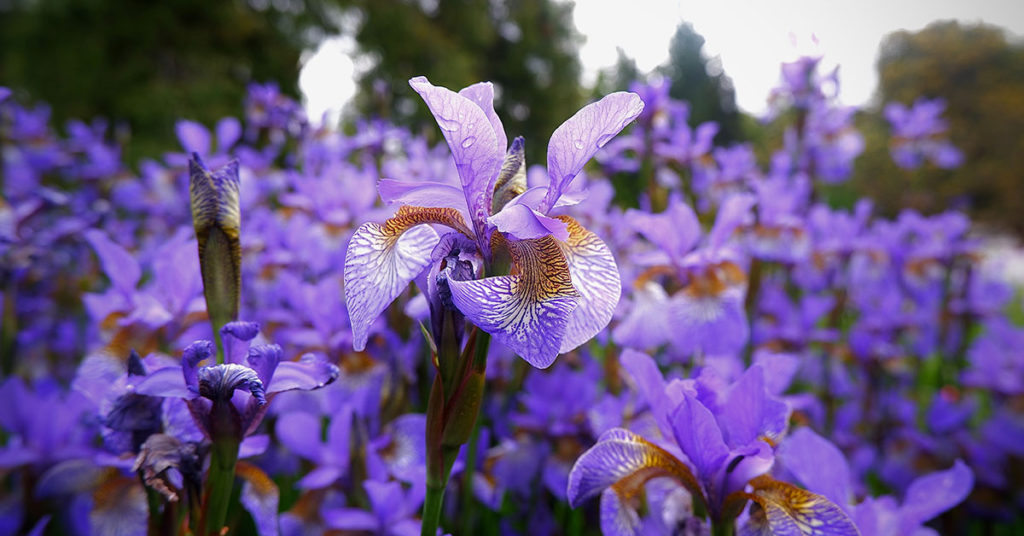
The iris is named after the Greek goddess Iris, who was the messenger of the gods and the personification of the rainbow. The flower is seen as a symbol of communication and messages. In ancient Greek mythology, irises were planted on the graves of women to summon the goddess to guide their souls to the afterlife.
In Japanese culture, irises are associated with purification and protection, often used in traditional festivals to ward off evil spirits. I love irises for their striking beauty and the rich symbolism that connects them to different cultural traditions.
